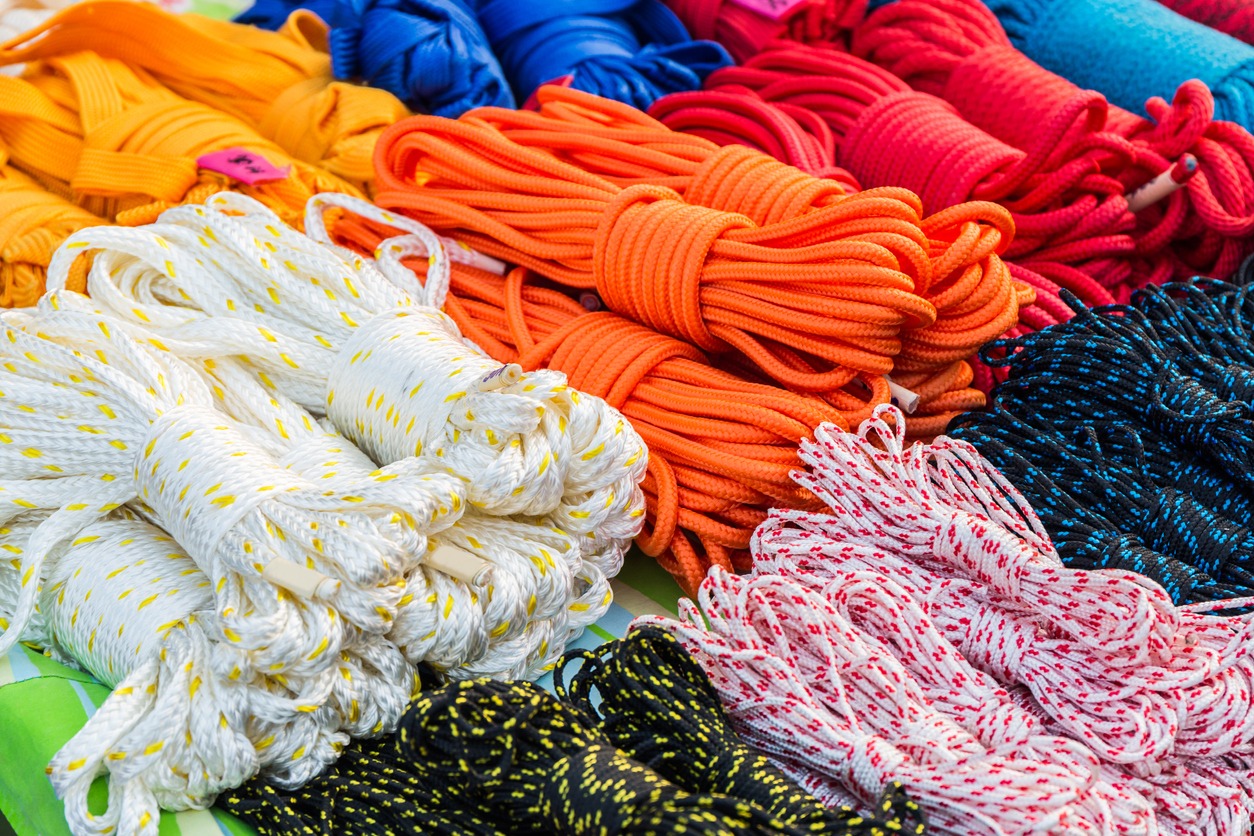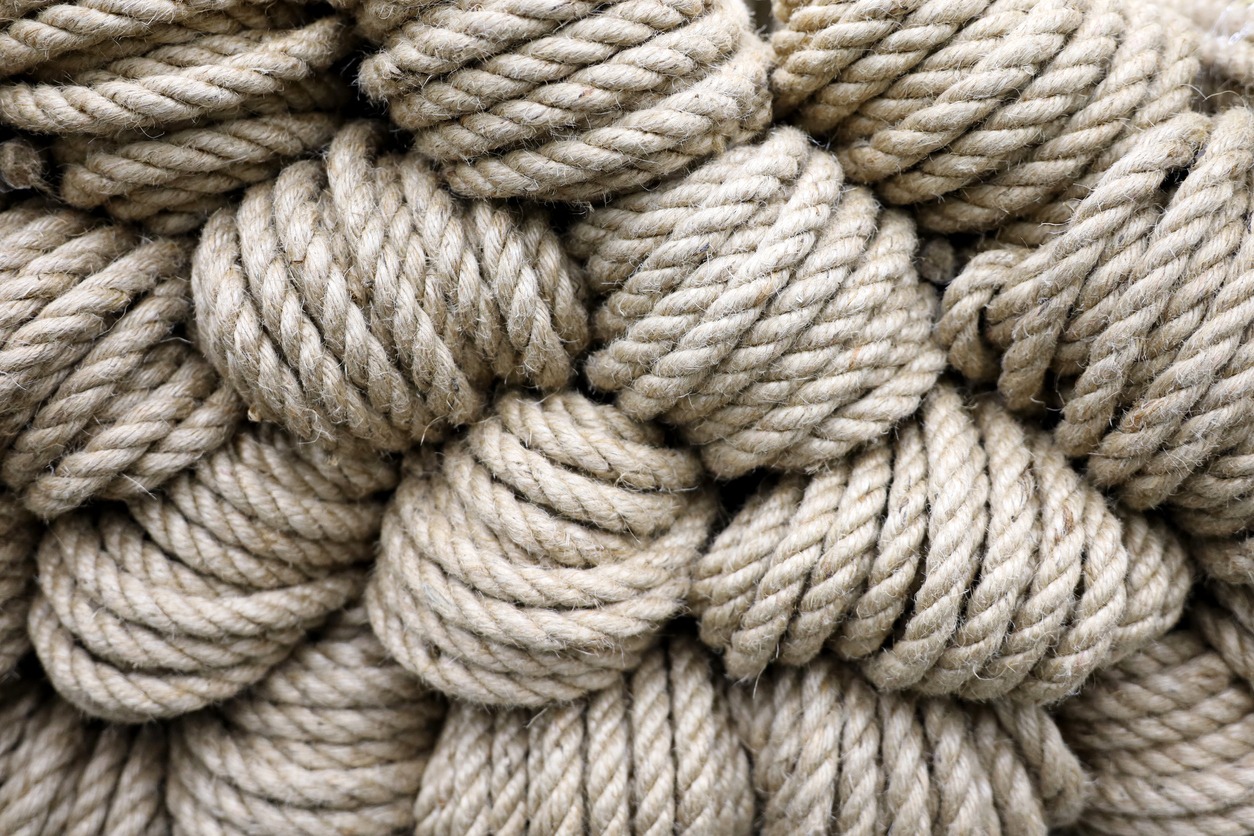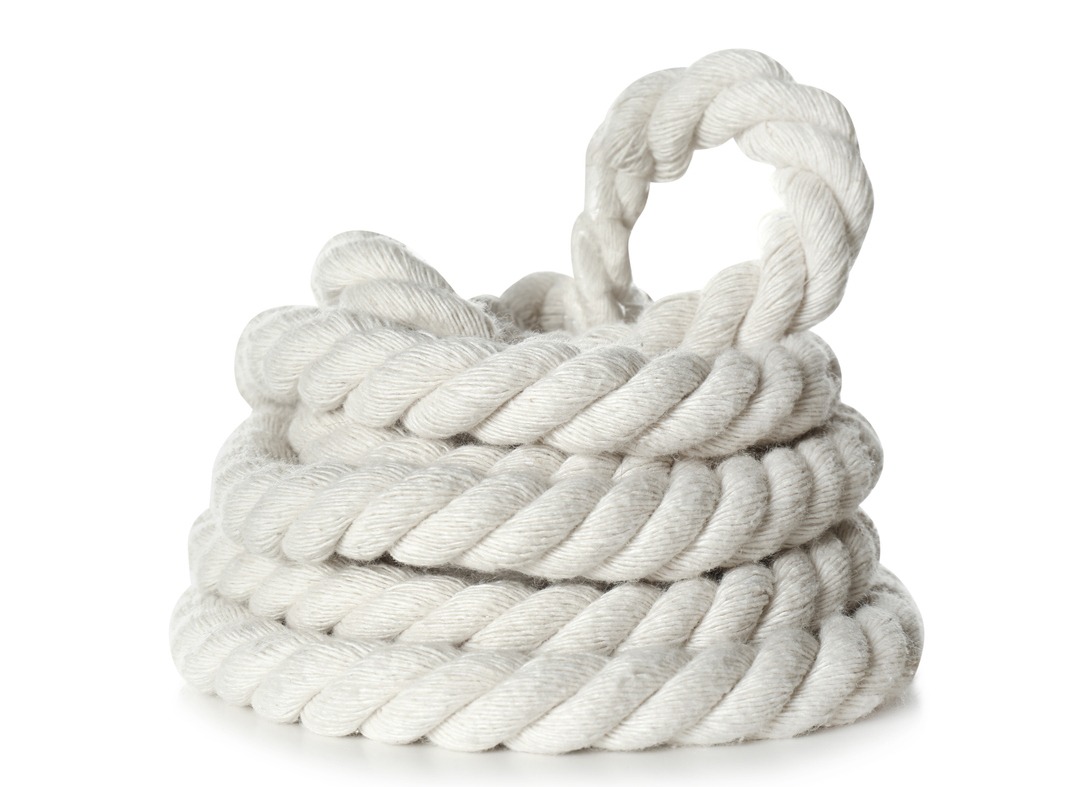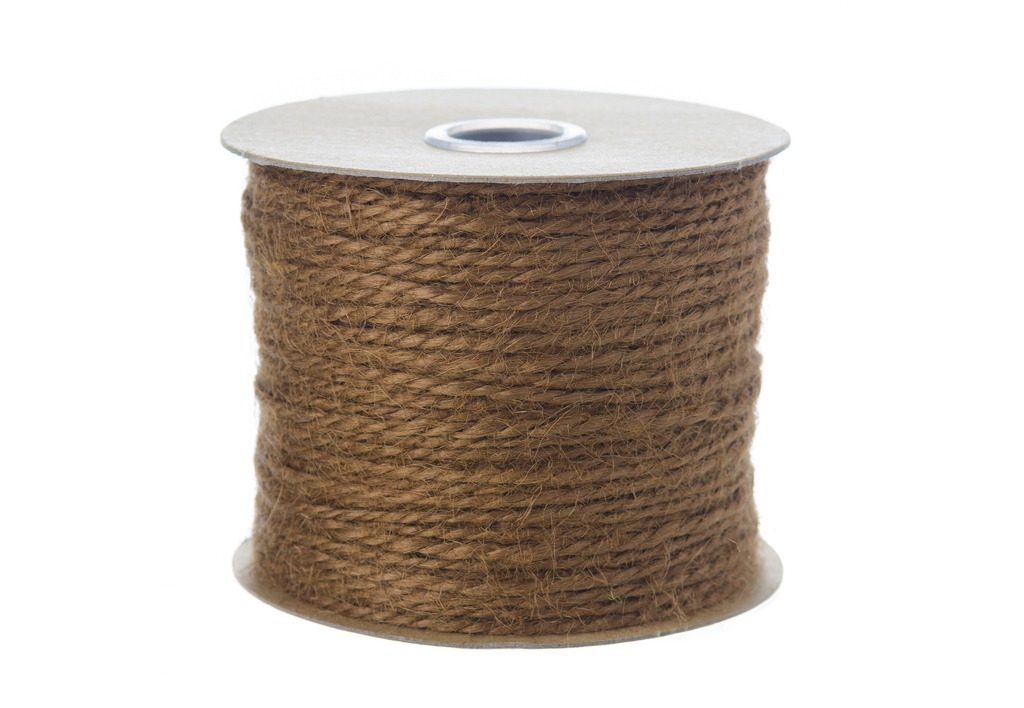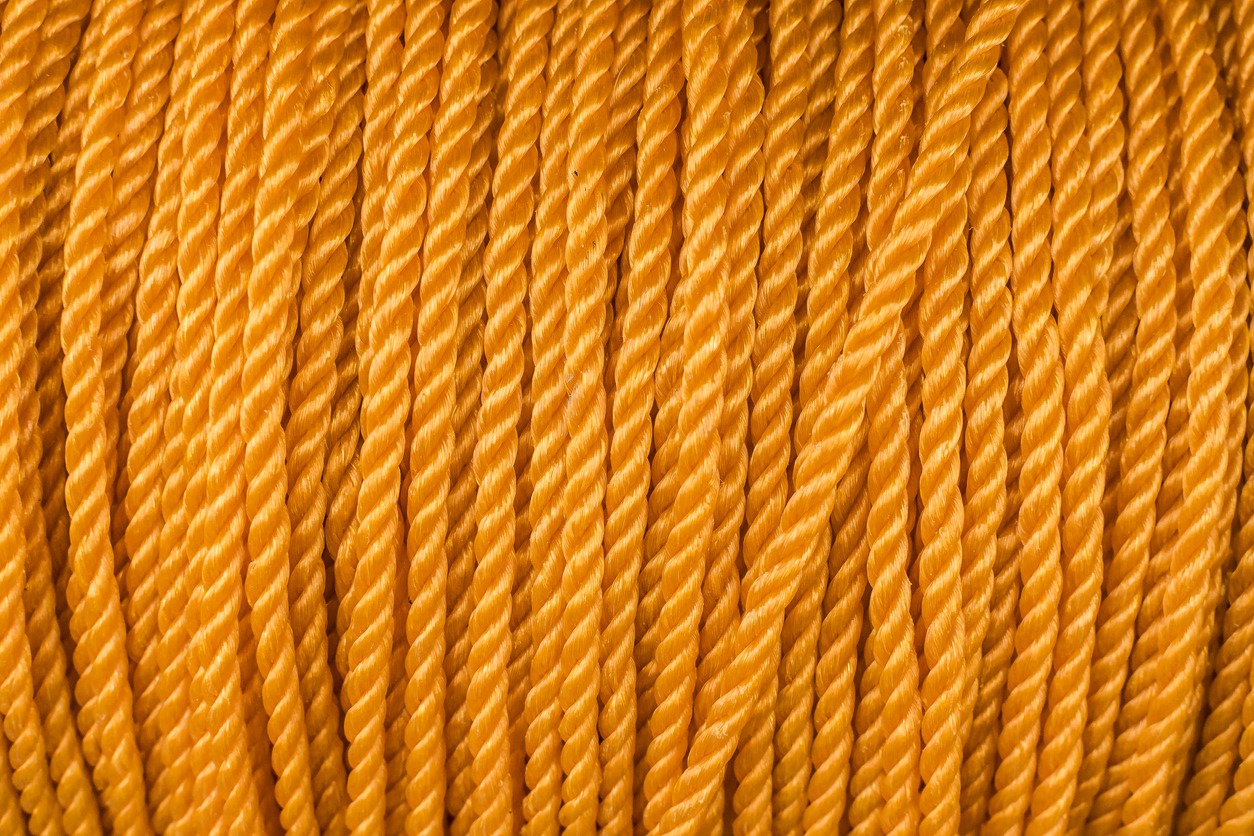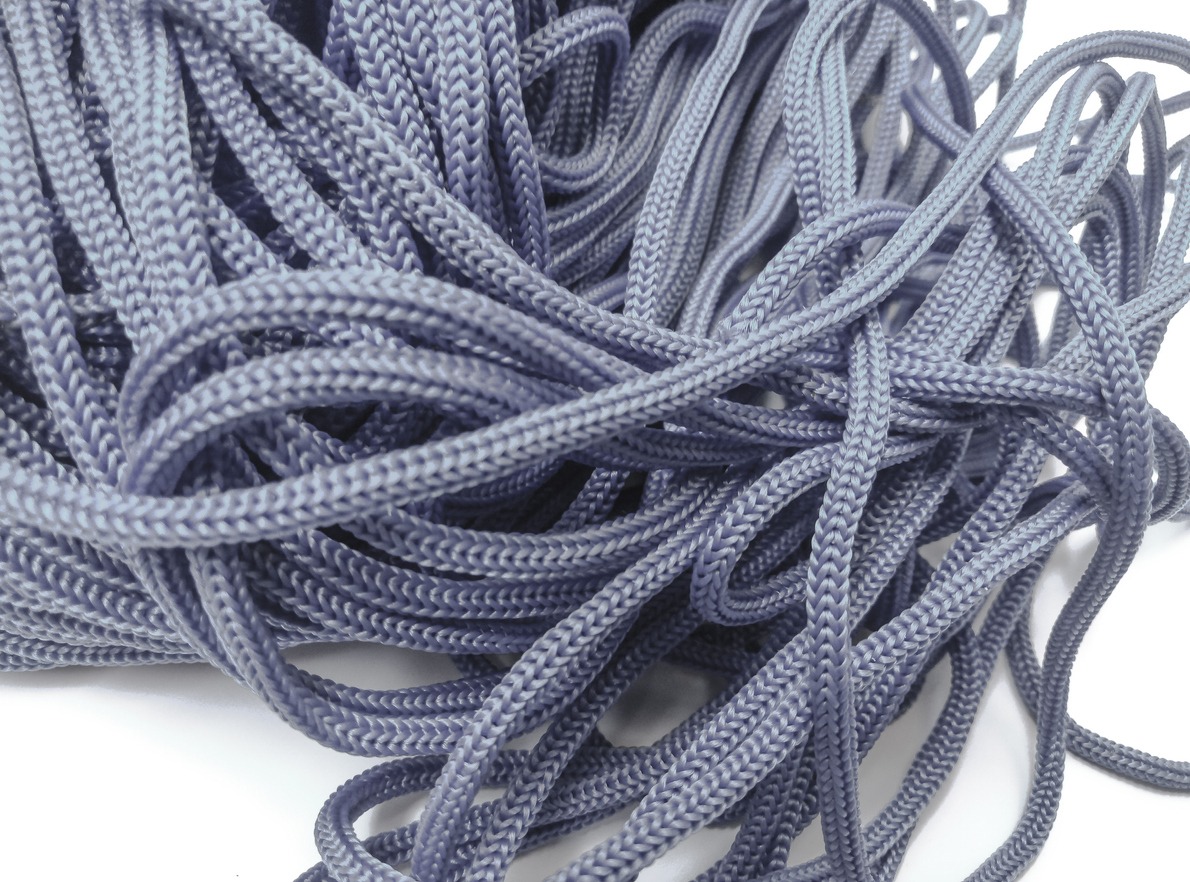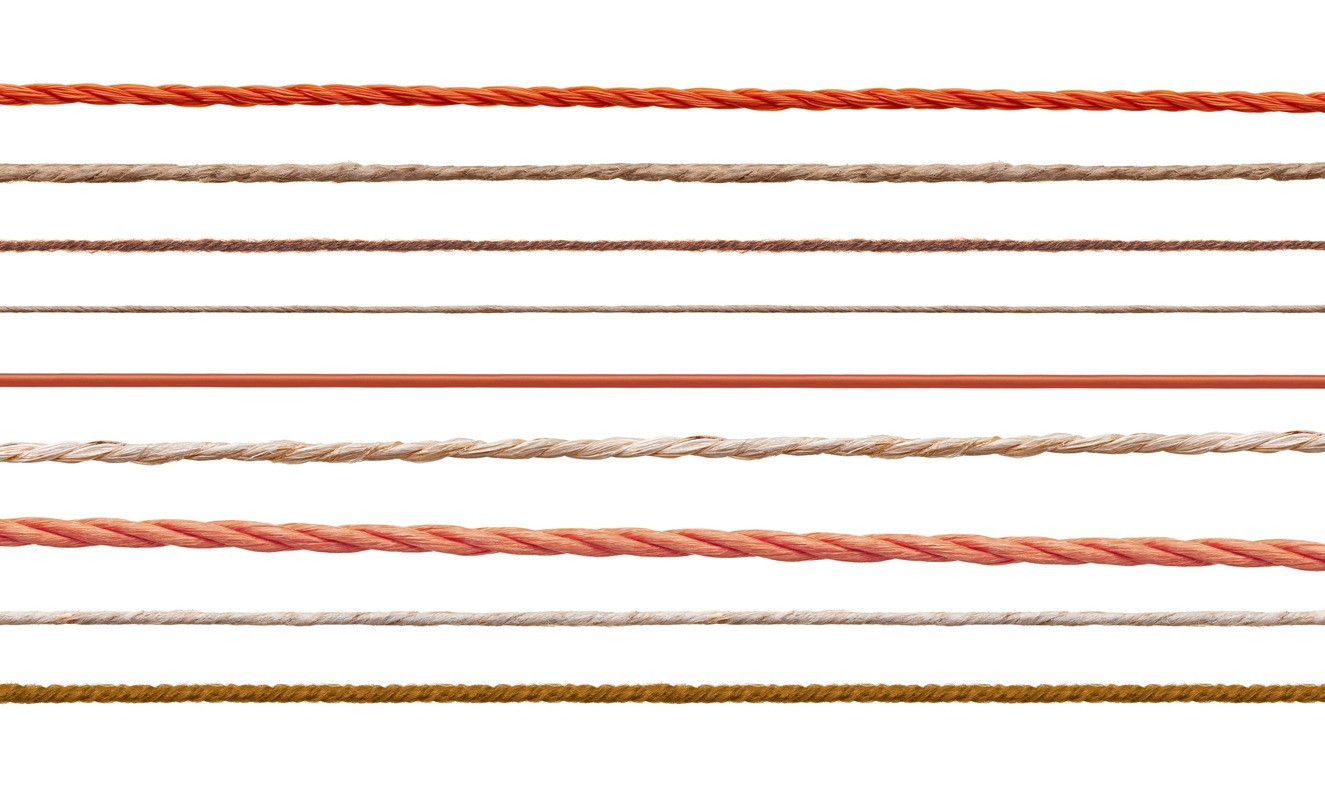A good length of rope can serve in a variety of ways. From tying things up to lifting, climbing, and securing a tent, a rope is a reliable object for so many tasks. Ropes have been used around the world for centuries. The prehistoric models were made by twisting vines to create a sturdy structure that could be used for various purposes such as hunting and carrying. Then in 4000 BC, the Egyptians started using ropes made of leather, grass, water reed, and animal hair. The Chinese, on the other hand, started making rope with hemp fibers.
By 1,700s, rope-making had shifted to machines and in the 1950s, people began using synthetic materials for making ropes. The variety of ropes manufactured over the years were designed for specific jobs. All the models had their own strengths and limitations. The modern ropes manufactured today are a combination of fibers, yarns, and threads twisted and woven with each other to create a strong and firm structure. They are thick and strong with a high tensile strength for dragging and lifting things.
You can find various types of ropes in any hardware store. While some of these are designed to serve a specific purpose, others are more versatile in their applications. However, there is no one option that might fit all the jobs you want done. You will need to purchase the right type of rope for the kind of job you want done. For example, if you want a rope for gym equipment, a natural fiber rope would be a better choice than the one made using synthetic fibers.
In this guide we point out the different types of ropes currently available on the market. You can use the information here to find the right rope for your needs.
Types of Ropes
Since the selection of available ropes is very vast, we have distributed them into two main categories: natural and synthetic. Let’s look at the different types of ropes each of these categories include.
Natural Ropes
When we think of a rope, the image that pops in our mind usually belongs to this category. A natural rope is woven together by fibers from natural sources. It is strong, offers a good grip, and does well in high heat environments. However, these are not suitable for use in marine or heavy-moisture environments, because the natural fibers are prone to rotting; the rope may lose its strength. Natural ropes can also shrink, making it difficult to work with in some situations. Some common varieties of natural rope are cotton rope, manila rope, and jute rope.
Cotton Rope
Cotton ropes are woven using fibers derived from cotton plants. They are soft, durable, and gentle on the skin. You will find them on many children and pet toys. Folks also use them for crafts and camping. These ropes do well in hot environments with their non-slip and non-expansion properties. However, they are easily damaged when used in humid or wet conditions.
Manila Rope
Manila is the only natural rope that performs well in wet and humid conditions. It is made using fibers obtained from manila hemp or abaca plant. Manila is the strongest of natural ropes and offers very little stretch with excellent abrasion resistance.
There are many uses for manila rope. Fishermen in ancient times used it to make fishing nets. These days, it is commonly used for marine and outdoor purposes. Being flexible, it is easy to knot. However, once wet, the rope will shrink, meaning any tightened knot will likely become permanent.
Jute Rope
Jute ropes are made with natural fiber that looks similar to hemp but has several differences. It is lightweight, rough, and rigid-looking, but also soft. Because of the unique shine of the material, decorative knots with jute ropes look much better and prettier than knots with ropes of other types.
This type of rope is naturally sandy in appearance. However, if you want it in a different color, you can dye it using fabric dyes. The traction outside the rope makes jute stay in its place, but it is still a bit more slippery than other natural ropes. It also shrinks when wet. It may not be very abrasion-resistant, a jute rope is naturally bio-degradable hence, is a good choice for crafting projects, gardening, bundling, and handicrafts.
Synthetic Ropes
All varieties of synthetic ropes have one thing in common: they are all made using man-made materials. The synthetic ropes commonly used these days include nylon rope, polyester rope, polyethylene rope, kevlar rope, and polypropylene rope.
Nylon Rope
Nylon ropes are a common and sturdy type of synthetic ropes. They are flexible, hence can easily lift heavy loads. They also spring back quickly to their original position once the load is removed. This type of rope is durable, thanks to its mold, mildew, abrasion, and chemical resistant properties. It is suitable for gym and exercise purposes, and its shock absorption also makes it the right choice for industrial and outdoor applications.
Polyester Rope
Polyester rope is one of the strongest and toughest types of rope. It is considered all-purpose rope because it works great for a variety of applications. You can use it indoors and outdoors, in dry conditions as well as in wet conditions. It resists sun damage and is immune to rot and mold. It is great for marine purposes, with discoloration being its major con.
Polyethylene Rope
Polypropylene ropes are another versatile type of rope that you can use for various purposes. While their moisture-resistance makes them a good choice for water-related activities, polyethylene ropes also prove to be useful in outdoor activities like camping and hiking.
This type of rope does not absorb water, it rather floats on it. It is also resistant to UV radiation, so you can use it in the sun for a long time. Plus, they are resistant to chemicals, are shock absorbing and very lightweight.
Kevlar Rope
Kevlar ropes are another strong and capable type of rope. This synthetic rope is used in construction, marine environments, and for recreational purposes. It is strong enough to support the weight of suspension footbridges, hauling utilities, and various other applications.
It is stronger than steel (weight to strength ratio), having high strength, low elasticity, and excellent chemical resistance.
Polypropylene Rope
Like other synthetic ropes, propylene ropes are also resistant to water damage, mold, mildew and rot. They are lightweight, inexpensive, and float when put in water. You can also find these in various color choices.
A good thing about propylene rope is that it is di-electric. With its insulating properties, it is a good choice for electricians or tree workers working around electric wires. Propylene ropes are also used to designate swimming lanes in pools because they stay afloat. Fishermen use these ropes in crab and lobster lines and the sea for buoy moorings, aquaculture, and net lines.
Different Rope Weave Patterns
Material is not the only aspect that categorizes ropes into different types.
Ropes also differ from one another by how they are woven. Let’s look at the different patterns of rope weaving.
Single Braid Ropes
Single braid ropes come together by weaving eight or twelve strands of material around a solid core. Half of these spiral in a clockwise direction, while the other half in anticlockwise direction, both weaving in and out of each other to create a braided pattern.
Double Braid Ropes
A double braid rope is the result of two single braids merging together for maximum strength and durability. They have a single braid rope acting as core while the other one covers it as a jacket.
Twisted Ropes
Boasting the traditional rope weave pattern, twisted ropes come together when two or more natural strands twist around each other.
Plaited Ropes
Plaited ropes look similar to braided ropes, but the strands in this type of rope wrap around each other like a traditional hair braid.
Hollow Ropes
Hollow ropes consist of woven strands with nothing in the middle. They are commonly used in nautical environments.
Conclusion
Ropes are designed to cater to different applications. Some are great for marine and nautical purposes, while others are useful for outdoor activities. When choosing a rope, you should look beyond its appearance and also consider its material and the weave pattern to figure out if it is the right choice for your needs. This way you’ll end up with an option that best meets your requirements.
